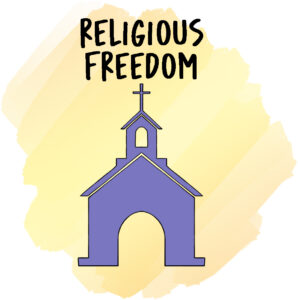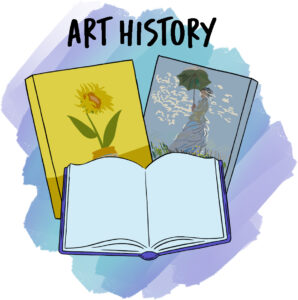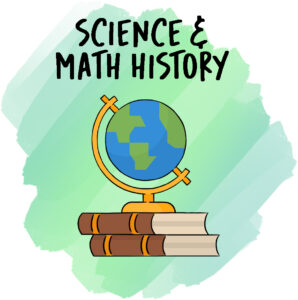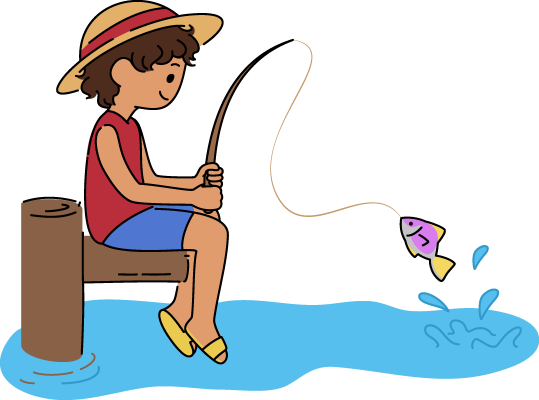Social Studies
Charting Your Course
Social Studies
Charting Your Course
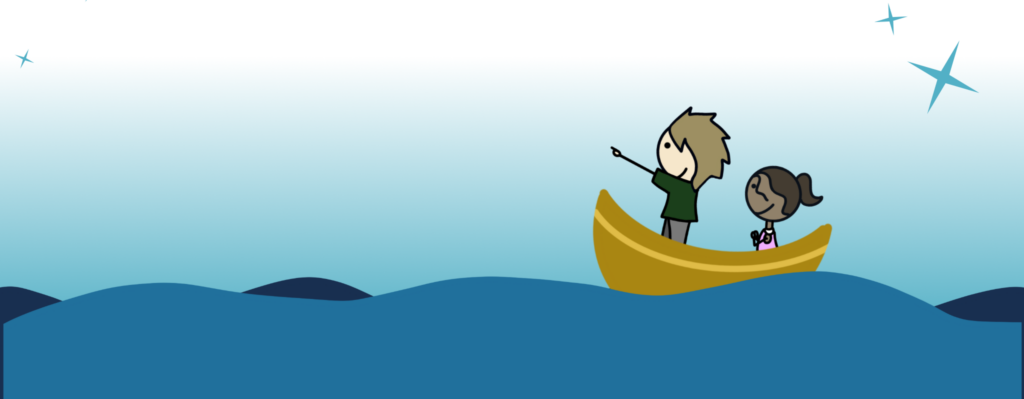
Recommended Courses
The following courses can be adapated for any age.

Digging Into History
Digging Into History is a flexible, comprehensive, family-style curriculum that helps history come alive. It is great for co-ops, families or students studying independently. It helps students develop critical thinking, utilizes primary sources, integrates different disciplines and is fun!

Around the World
Around the World is a fun engaging curriculum that helps children to understand countries, culture & geography. It is flexible & can be adapted to a wide range for formats including for co-ops, families or students studying independently.
Other Social Study Courses

KEYS TO SUCCESS

Whatever social studies curriculum you choose, the following will help you to be more successful

Use a wide variety of resources including hands-on activities, stories, fieldtrips, videos and books. Acting out scenes, dressing up in costumes & making dioramas can also help bring history to life.
 Use Primary Sources
Use Primary Sources
Teach children to think critically as they study history. Rather than just reading others’ opinions about what occurred, teach them to study primary sources & evaluate the strength & weaknesses of evidence. Encourage discussion & ask open-ended questions. Draw connections between historical events the world today.
 Have Students Teach & Present
Have Students Teach & Present
Students often learn best by teaching. Let children research various topics and present what they have learned to their peers. A co-op setting is a perfect place to do this.
 Integrate Different Disciplines
Integrate Different Disciplines
Integrating different disciplines into history helps children learn more. Include related art, music, food, culture, literature, technology, etc. For example, reading The Diary of Anne Frank alongside studying World War II offers both personal insight and historical context. Have children regularly write about historical topics as they study them.
 Keep a Book of Centuries
Keep a Book of Centuries
Have children create their own history book. Include a timeline that they use to record each even they study in chronological order. Include dividers for major periods of history & gather information about specific topics important to that period. Keep a master outline to track which topics have been studied. This allows for flexibility while still providing a clear record of what each student has studied.
 Rotate How Study Is Structured
Rotate How Study Is Structured
History is more fun & effective if you rotate how your study is structured. There are four approaches to teaching history: 1) randomly select topics that interest the child, 2) use a timeline based approach, 3) study the history of different geographic areas & 4) select specific topics to study, such as art history or the development of transportation. Each approach helps children learn in different ways, so rotate using them all!


